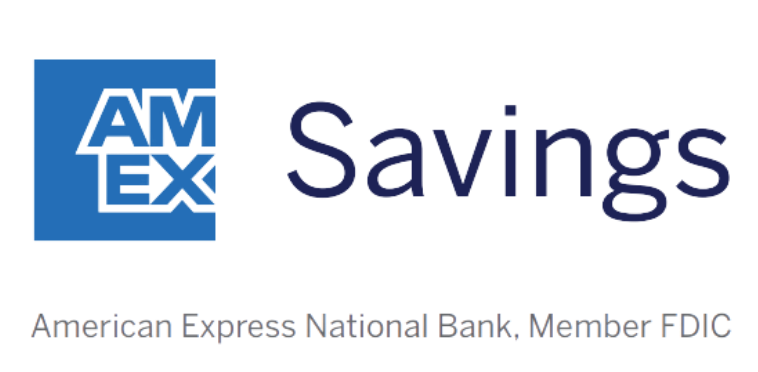There’s a reason so many people have opened CDs over the past year or so. For months on end, CD rates have been sitting at or near record highs. And when you’re looking at a 5% CD rate, it’s hard to say no considering that your return is pretty much risk free.
But the days of 5% CD rates are numbered at this point. The Federal Reserve is expected to lower its benchmark interest rate at its upcoming September meeting. And that rate cut could end up being the first of many.
Once the Fed’s rate cuts pick up, CD rates are likely to fall. And as it is, a lot of banks are already starting to roll back their highest CD rate offerings to 4.50% or 4.75%, making 5% CDs harder to come by.
You may be bummed to see 5% CD rates come to an end. But here are a few reasons why 5% CDs aren’t as great as you might think they are.
Our Picks for the Best High-Yield Savings Accounts of 2024
|
Capital One 360 Performance Savings 
APY 4.25%
|
APY 4.25%
|
Min. to earn $0 |
|
CIT Platinum Savings 
APY 4.85% APY for balances of $5,000 or more
Min. to earn $100 to open account, $5,000 for max APY
|
APY 4.85% APY for balances of $5,000 or more
|
Min. to earn $100 to open account, $5,000 for max APY |
|
American Express® High Yield Savings 
APY 4.25%
|
APY 4.25%
|
Min. to earn $0 |
1. Higher CD rates mean borrowing is more expensive
The main reason CDs have been available at 5% is that the Fed’s benchmark interest rate is sitting at a 23-year high. But there’s a flipside to 5% CD rates — borrowing rates are generally more expensive across the board. And they’ve been that way for a long time.
It’s a nice thing to be able to earn 5% on a CD, but it comes at the cost of higher loan and credit card rates. As the Fed’s rate cuts take hold, borrowing should get less expensive. So even though a CD may not pay you as much, you can benefit by not having to pay as much to finance a car, sign a mortgage, or carry a balance on a credit card.
2. You could face a huge tax bill on your CD interest
If you put $5,000 into a 12-month CD with a 5.00% APY last year, then you’re looking at $250 once it matures. But don’t assume that the entire $250 is yours to keep.
Many people forget that CD interest is taxable, which means the IRS gets a cut of your payday. And not only is CD interest taxable, but it’s taxed as ordinary income, which means it’s subject to the highest tax rate that applies to your earnings. So if you’re in a higher tax bracket, you may not be keeping nearly as much of your interest as you’d expect.
3. A stock portfolio could pay you considerably more than a 5% CD
You may be worried that once 5% CD rates go away, you won’t have a chance to earn a return that high on your money again. But another reason not to get too caught up in the hoopla of 5% CDs is that 5% pales in comparison to the stock market’s average return.
Over the past 50 years, the stock market has averaged an annual 10% return, accounting for both good years and years of declines. This makes a stock portfolio a much better place for your money in the long run.
CDs are a fine place to put your money for a year or so. But over time, you could lose out in a very big way if you stick with CDs, especially since 5% rates aren’t the norm — whereas for the stock market, 10% is the norm. In fact, if you put $5,000 into a stock portfolio today that generates that same 10% return and you leave it alone for 30 years, your $5,000 could end up being worth about $87,250.
A lot of people have been thrilled to see CDs paying 5%. But 5% CD rates aren’t necessarily something to celebrate, nor should the fact that they’re going away throw you for a loop. You still have plenty of opportunities to grow your money nicely. And what you lose in the form of a lower CD rate, you stand to gain the next time you sign up to borrow money.
